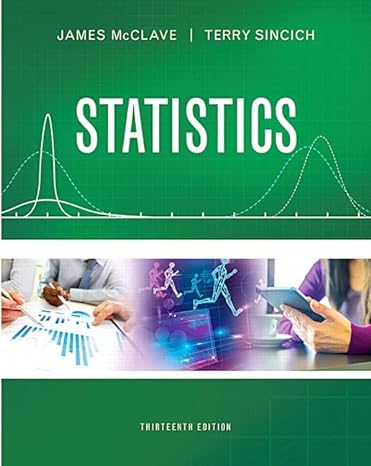Estimating change-point dosage. A standard method for studying toxic substances and their effects on humans is to
Question:
Estimating change-point dosage. A standard method for studying toxic substances and their effects on humans is to observe the responses of rodents exposed to various doses of the substance over time. In the Journal of Agricultural, Biological, and Environmental Statistics (June 2005), researchers used least squares regression to estimate the
“change-point” dosage, defined as the largest dose level that has no adverse effects. Data were obtained from a dose-response study of rats exposed to the toxic substance aconiazide. A sample of 50 rats was evenly divided into five dosage groups: 0, 100, 200, 500, and 750 milligrams per kilogram of body weight. The dependent variable y measured was the weight change (in grams) after a 2-week exposure. The researchers fit the quadratic model E1y2 = b0 + b1 x + b2 x2, where x = dosage level, with the following results: yn = 10.25
+ .0053x - .0000266x2.
a. Construct a rough sketch of the least squares prediction equation. Describe the nature of the curvature in the estimated model.
b. Estimate the weight change (y) for a rat given a dosage of 500 mg/kg of aconiazide.
c. Estimate the weight change (y) for a rat given a dosage of 0 mg/kg of aconiazide. (This dosage is called the
“control” dosage level.)
d. Of the five groups in the study, find the largest dosage level x that yields an estimated weight change that is closest to, but below, the estimated weight change for the control group. This value is the change-point dosage.
Step by Step Answer:

Statistics Plus New Mylab Statistics With Pearson Etext Access Card Package
ISBN: 978-0134090436
13th Edition
Authors: James Mcclave ,Terry Sincich




